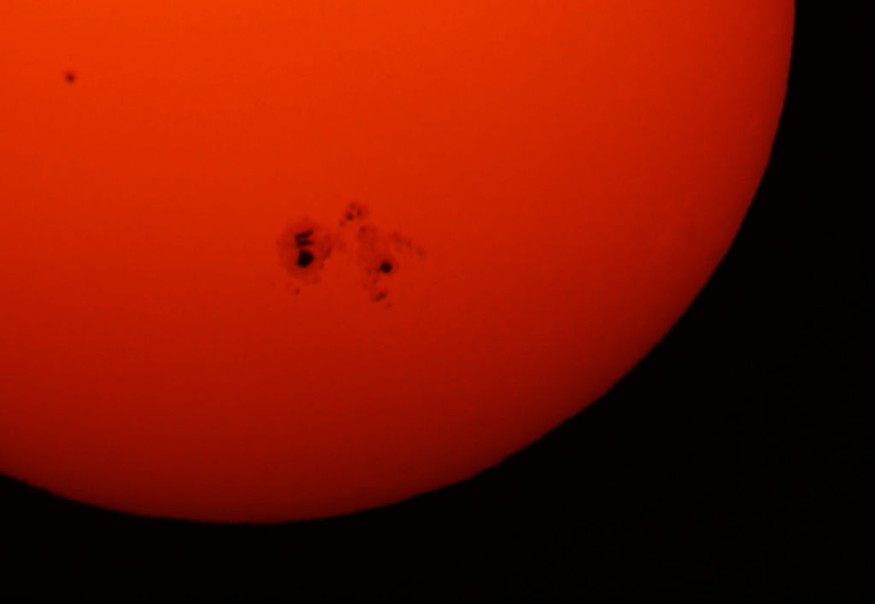Sunspot Active Region 3038 or AR3038 has been persistent when it comes to doubling its size and growing even more as a well-known dark area on the Sun's surface.
Previous reports have suggested that it could hurl a massive solar flare since it is facing Earth, potentially disrupting radio frequencies, satellite signals, and even power grids.
Despite the looming threat, space weather experts reportedly advise the public to calm down and not panic.
The scientists explained that the minor solar flare alert is based on its potential low impact on most humans on the Blue Planet, should a solar storm of its kind occurs in in the coming hours or days.
Regardless, a solar explosion could still reach our planet's magnetosphere, disrupting our electric and communication technology.
Sunspots are known as planet-size regions or a so-called "Sun pimple" given their dark colors standing out to the rest of the Sun's surface.
The color or appearance seen from observatories and telescopes is due to their relatively cooler environmental conditions compared to other areas of our solar system's only star.
The solar behavior in the past few days is reportedly not surprising given the context that space weather authorities in the past, including the National Aeronautics and Space Administration (NASA) said the Sun is currently in the Solar Cycle 25, stating solar activity is expected to reach its peak in 2025.
Sunspot Threat

In our previous Nature World News article on Tuesday, June 21, we have mentioned that sunspots are like gateways of solar storms
This entailed that either a solar flare or a coronal mass ejection (CME) will have a space enough to amass high-energy particles.
While scientists keep the sunspot area in a low-profile, the threat lies with its colossal size incurred recently.
To reiterate, the said sunspot region is reportedly being monitored by NASA's Solar Dynamics Observatory and other related space agencies and even space enthusiasts.
AR3038 gained even more attention from Sunday, June 19, when it started to grow in size where several Earths could fit in.
The sunspot threat is plausible.
However, a number of space weather officials are saying there is nothing to worry about; with some of them explaining in a surprising reason why this is the case.
Rob Steenburgh, an acting lead at the Space Weather Forecast Office of the National Oceanic and Atmospheric Administration (NOAA), said the size and growth rate of AR3038 is relatively normal, as cited by USA Today.
Solar Cycle 25
Our star, with its internal processes or solar activity, are still dynamic.
Its solar magnetic fields cross with one another and is one of the basic parts of the Sun's solar activity which is currently in the Solar Cycle 25, which started in December 2019 under a 11-year phase.
The first announcement of the solar developments was made in September 2020 by the Solar Cycle 25 Prediction Panel, which are being co-chaired by NASA and NOAA.
During this phase, the solar cycle could emit solar storms that could emit space weather events like geomagnetic storms, solar radiation storms, or radio blackouts.
© 2025 NatureWorldNews.com All rights reserved. Do not reproduce without permission.





